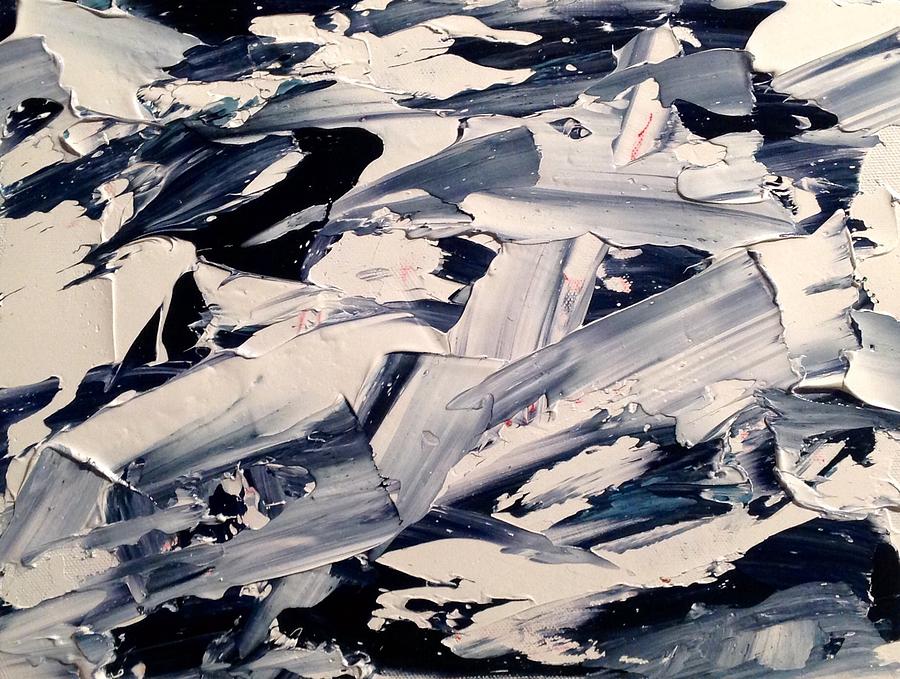

Not only does it define the limits of objects but it also creates the necessary bonds between them according to Gestalt principles and builds up effective visual performance. Negative space is a kind of breathing room for all the objects on the page or screen.

It may be not only around the objects you place in the layout but also between and inside them. What Is Negative Space in Design?īasically, negative space – or white space, as it’s often called – is the area of the layout that is left empty. Today we are talking about the air in design. And only the absence of air lets us know how vital it is. Only colorlessness lets us feel the colors brighter and deeper when they appear on stage. Only empty space lets us understand what we want to fill it with. Only silence lets us know the value of the sound. We take them for granted without thinking that they are the solid foundation of the contrast. The trajectories of spatial sculpture will be traced along the lines of cubism, constructivism, neo-constructivism, minimal art to present-day installative immersive environments.We often think that silence, emptiness, or colorlessness is bad for us. Artists drew aesthetic inspiration in particular from concrete model forms made of plaster and wire that were to illustrate mathematical equations. Therefore in addition to the artistic works, mathematical models from the 19 th and 20 th century will be presented from the collections of the universities of Darmstadt, Freiberg, Georg- Göttingen, Heidelberg, and Karlsruhe.īy featuring more than 200 pioneering artistic positions, which develop novel approaches to sculpture through processes and models of abstraction, construction and non-objectivity, the exhibition provides manifold artistic references to unfold the concept of »negative space«. Thereby the artistic imagination was not only spurred by contemporary spatial theories.
NEGATIVE SPACE IN PAINTING FULL
The exhibition offers a comprehensive overview of the art of sculpture, which – in contrast to the traditional concept – is committed to contour, emptiness, and levitation. Visitors will encounter what is light instead of heavy, what is not full but empty, what is marked open instead of closed, what is not dense but diaphanous, airy, and light.Īs a result of significant advances in the natural sciences and in architecture, in combination with novel materials, innovative construction techniques and a new focus shifting from the two-dimensional surface of non-objective painting to three-dimensional space, a major leap from body sculpture to spatial sculpture took place at the beginning of the 20 th century. With the aim to investigate the relationship between sculpture and space in a decidedly spatial way, the presented art works address the sculptural phenomenon in relation to diverse spatial concepts: Open spaces, surrounding, hollow and intermediate spaces, mirror, light and shadow spaces, virtual data spaces, etc. The exhibition »Negative Space« endeavors to change the dominating view of modern and contemporary sculpture by telling a different story. Whether body-related like Auguste Rodin's or abstract like Richard Serra's, sculpture is still and foremost mass, volume, and gravity. Our expectations concerning modern or contemporary sculpture are still essentially driven by the concept of body sculpture, which is formally based on the three essential categories of mass, unbroken volume, and gravity. Whether carved, modeled or cast, statues have been designed for centuries as solid monoliths – as substantial and self-contained entities, as more or less powerful and weighty positive formations in space. Since antiquity, the history of Western sculpture has been closely linked to the idea of the body. The exhibition »Negative Space« at ZKM | Karlsruhe picks up the spear where the Centre Pompidou dropped it.

The last exhibition, which dealt comprehensively with the question »What is modern sculpture?«, took place in 1986 at the Centre Georges Pompidou in Paris under the title »Qu'est-ce que la sculpture moderne?«.


 0 kommentar(er)
0 kommentar(er)
